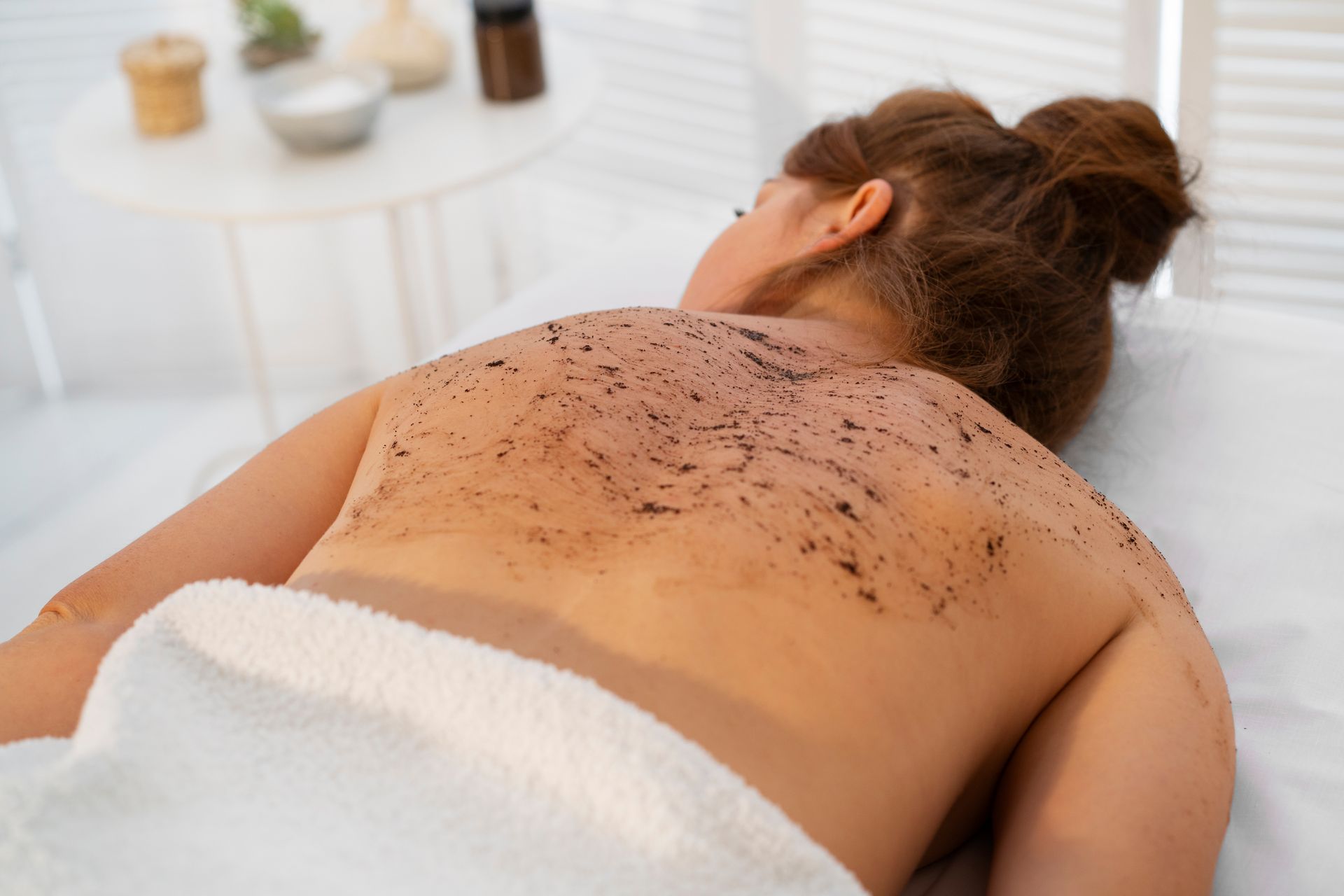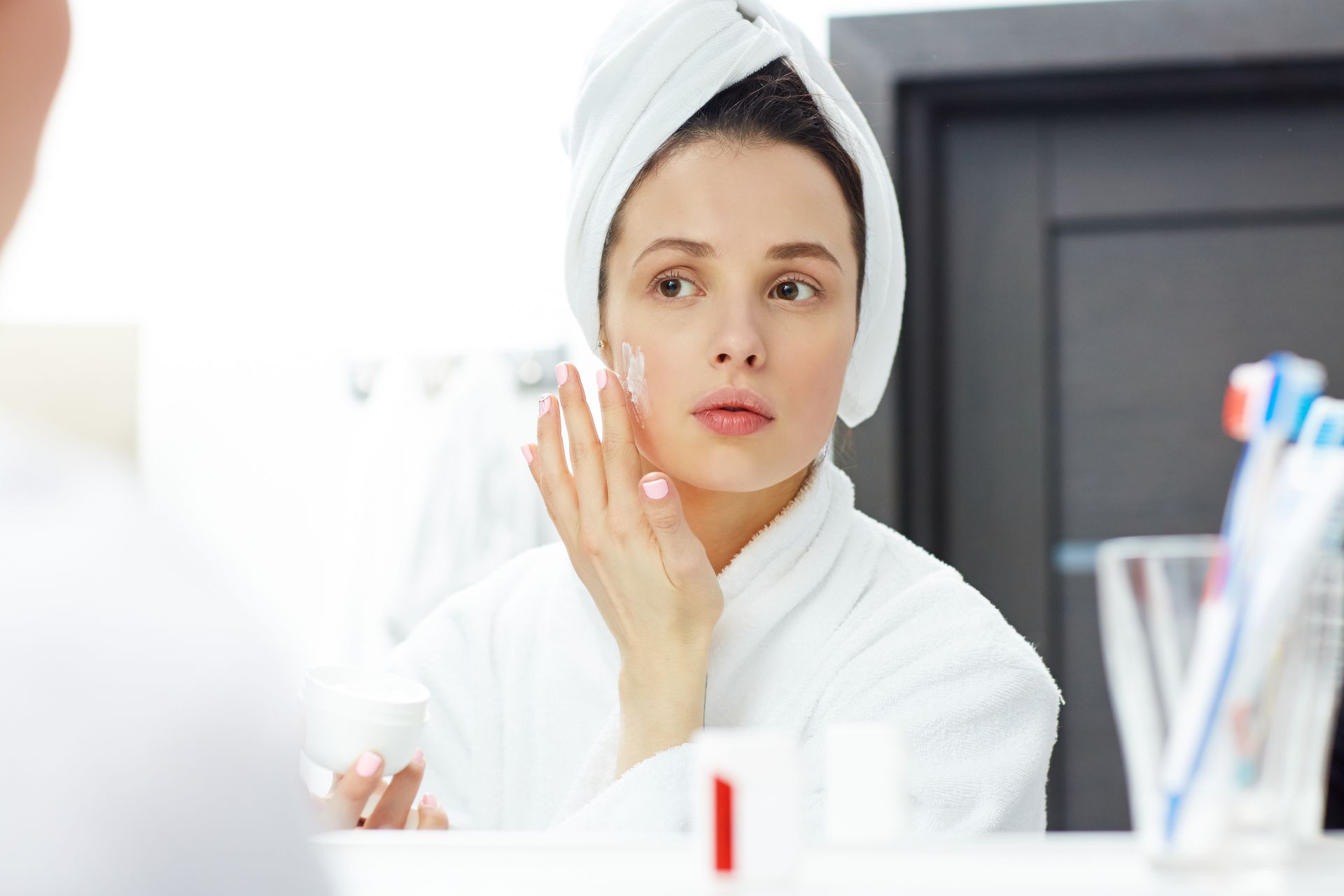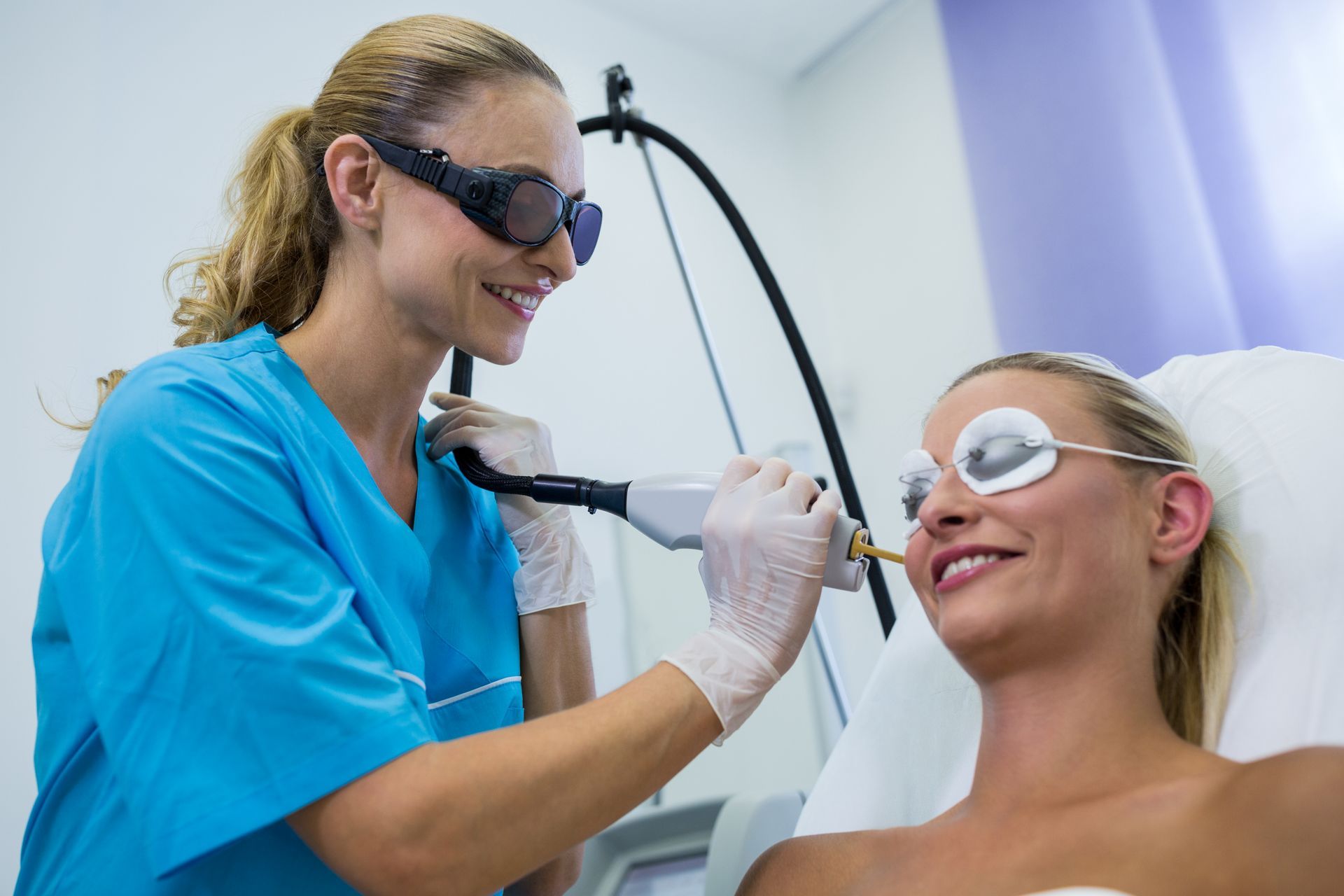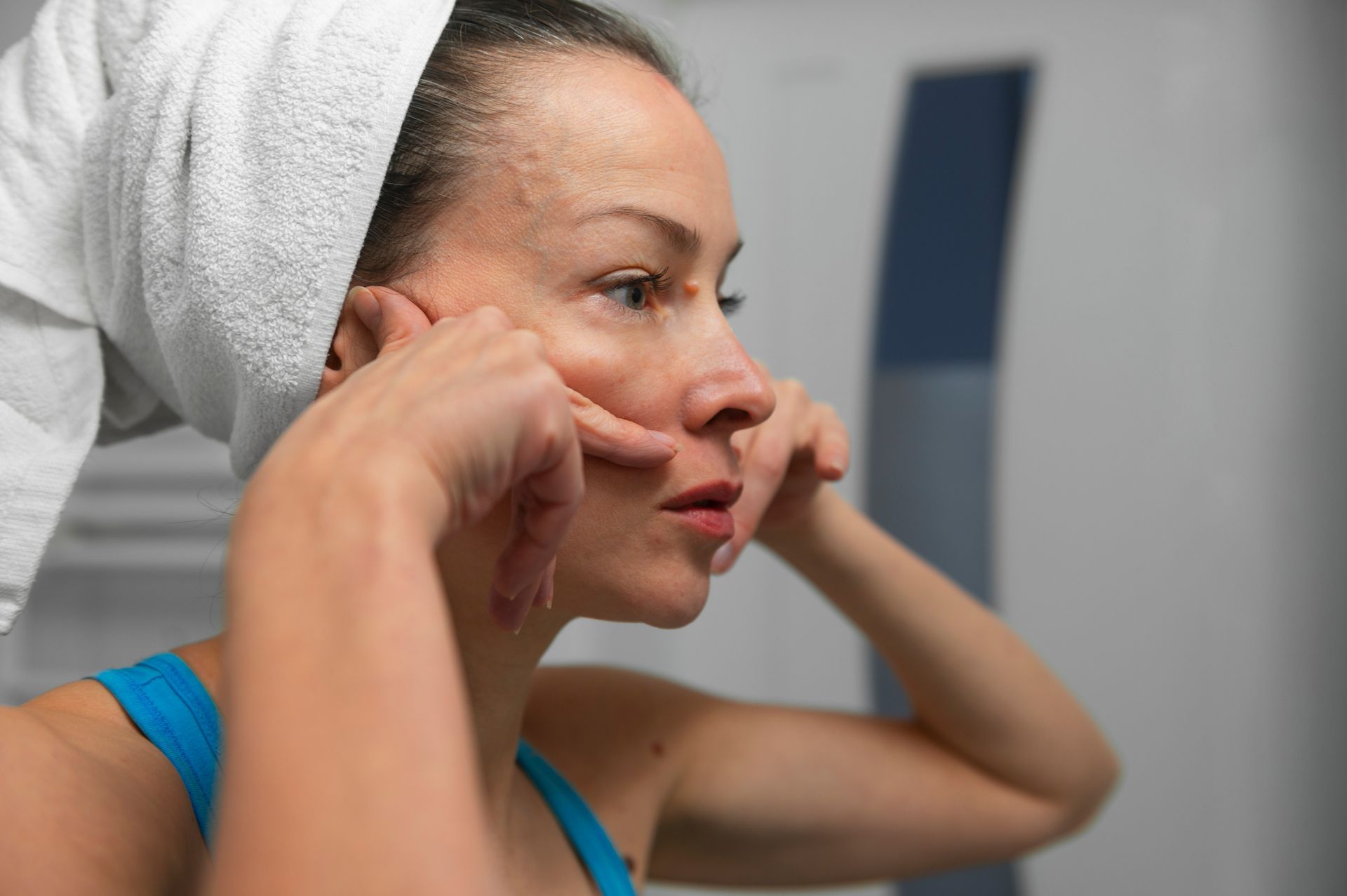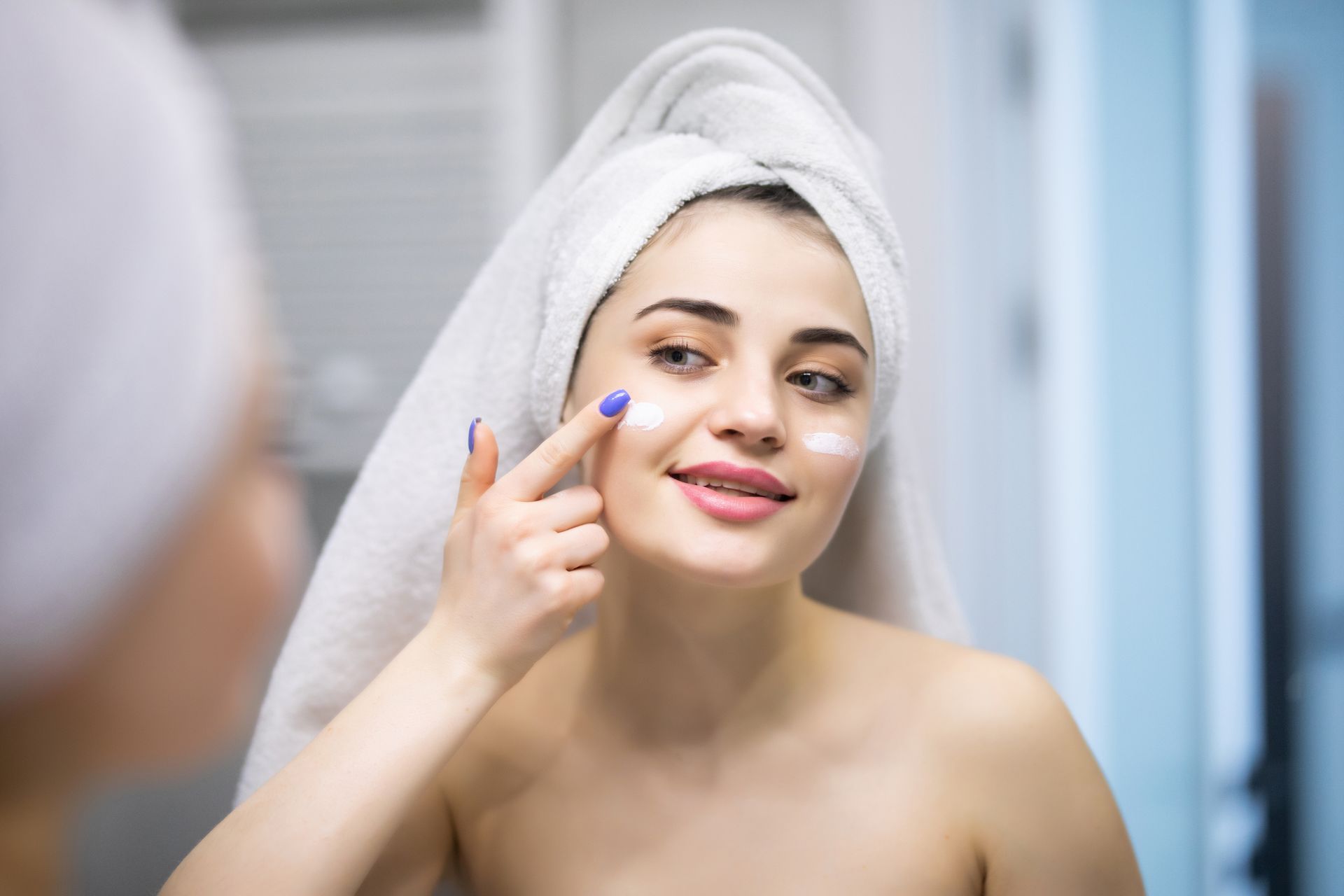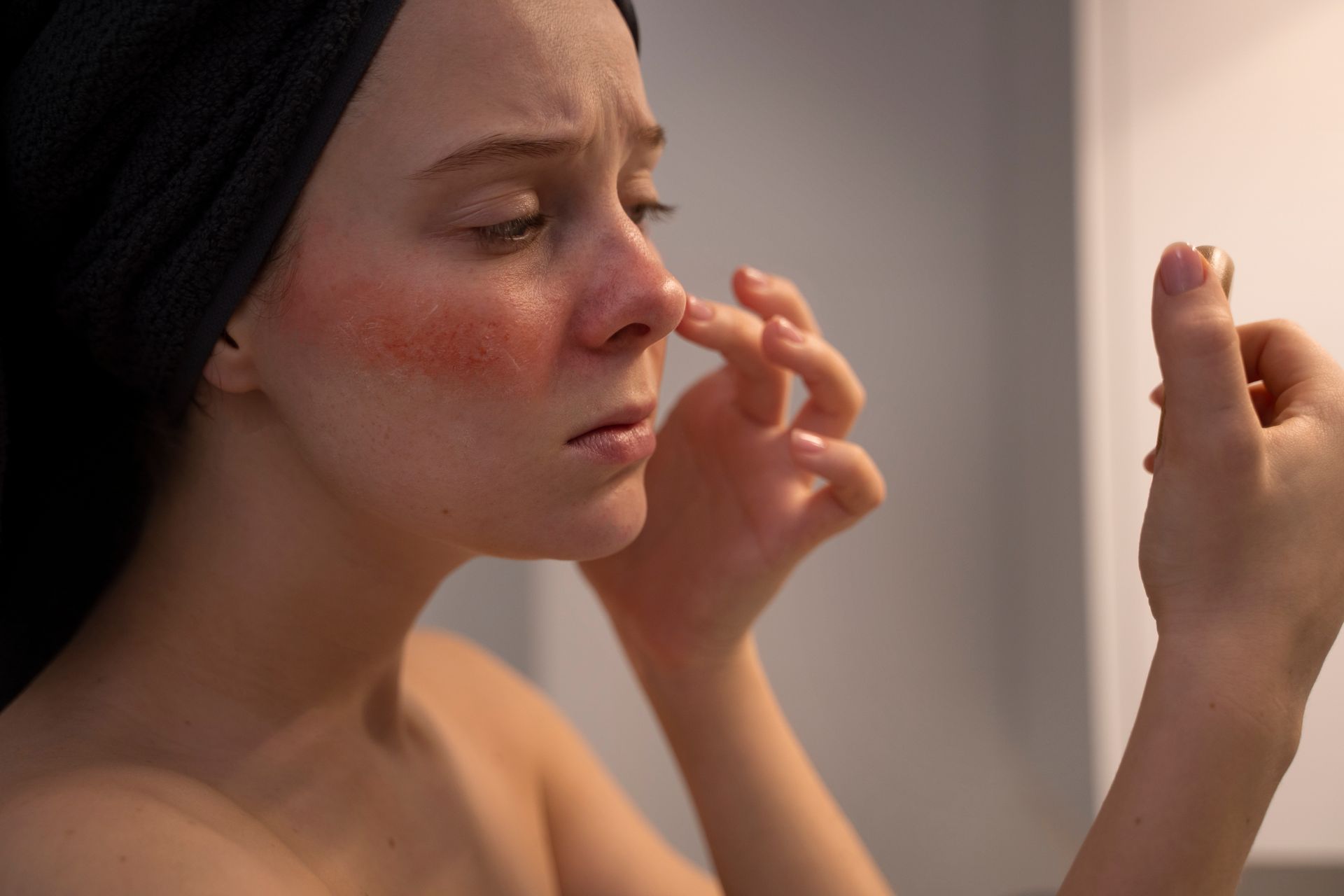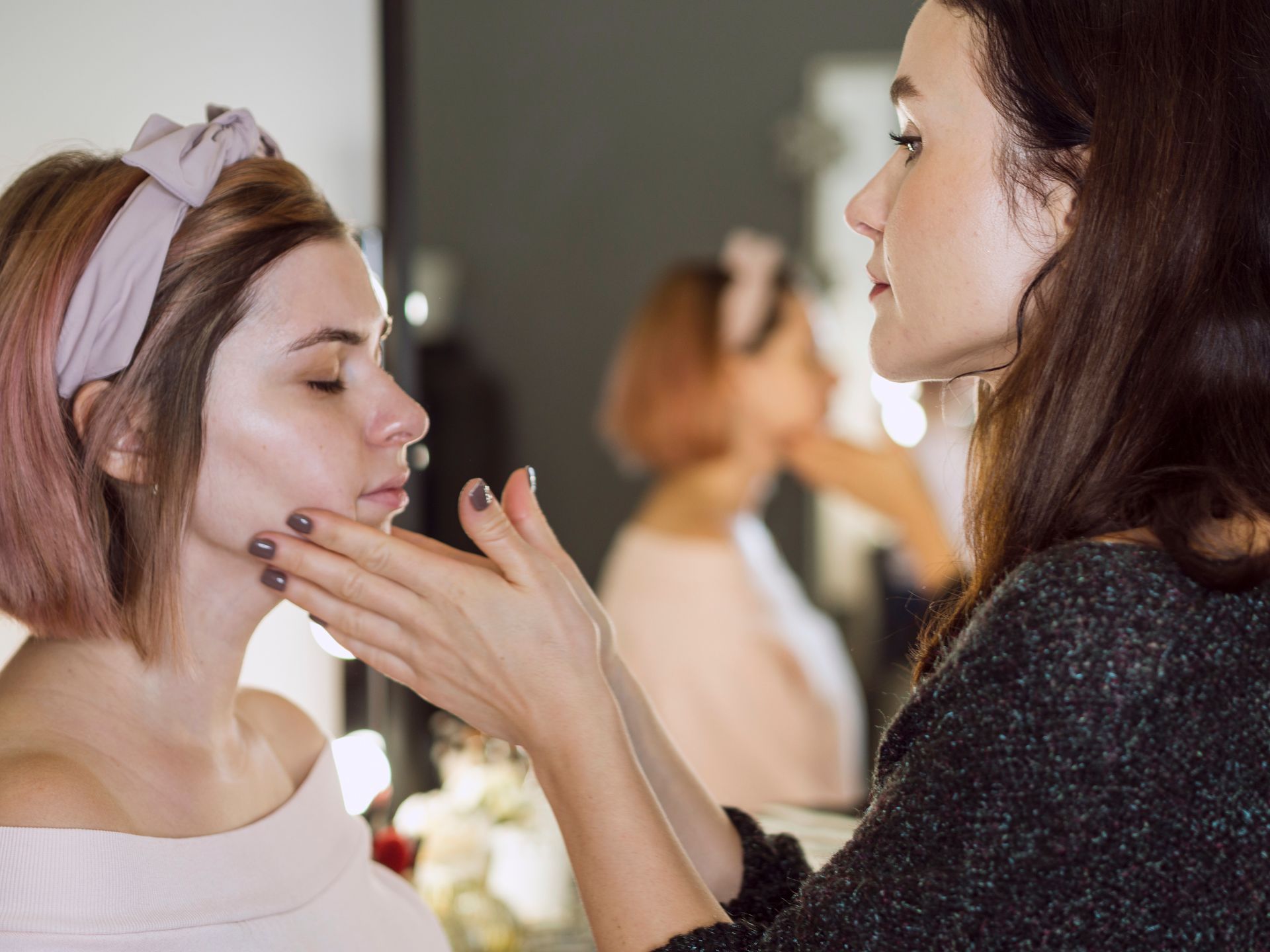Is It Safe to Get Laser Hair Removal for Brazilian?
If you're tired of the endless shaving, waxing, and ingrown hairs, the idea of Brazilian laser hair removal might sound like a dream. And honestly, for many—it is. But when it comes to such a sensitive area, it’s completely normal to wonder: Is Brazilian laser hair removal actually safe?
Let’s walk through everything you need to know—from how it works to the risks involved, the precautions you should take, and whether this treatment is truly a good fit for you.
what not to do after brazilian laser hair removal?
What Is Brazilian Laser Hair Removal?
Brazilian laser hair removal refers to the use of laser technology to remove all or most of the hair in the pubic region—including the front, labia, and around the anus. Some people opt for a full Brazilian (completely bare), while others prefer to leave a small strip or triangle. The process is fully customizable based on personal comfort.
The procedure works by directing concentrated light at hair follicles. The pigment in the hair absorbs the light, which converts into heat and damages the follicle to reduce future growth. Over time and with multiple sessions, the hair becomes finer, sparser, or may not return at all.
Is It Safe?
The short answer? Yes, Brazilian laser hair removal is generally safe—if done properly.
The technology has been extensively tested and refined over the years, and it’s now considered a standard treatment in cosmetic dermatology. But safety depends on the skill of the technician, your skin type, and how well you follow pre- and post-treatment instructions.
Because the Brazilian area is highly sensitive, extra care is taken during the procedure. Most people tolerate it well, though a bit of discomfort is expected (think warm snaps, similar to a rubber band flick).
What Are the Common Risks?
While Brazilian laser hair removal is considered safe, no cosmetic procedure is entirely risk-free. Being aware of the potential side effects can help you prepare and minimize complications.
Skin Irritation
Mild redness, swelling, or a feeling of heat in the treated area is normal and usually subsides within a few hours to a day.
Burns and Blisters
These are rare but can occur if the wrong settings are used or if the skin is recently tanned. That’s why going to a trained and certified professional is crucial.
Pigment Changes
Hyperpigmentation (darkening) or hypopigmentation (lightening) may occur, especially in people with medium to dark skin tones. However, modern lasers designed for all skin types have significantly reduced this risk.
Ingrown Hairs
Though laser treatment reduces ingrown hairs over time, some people might experience a few between sessions.
Temporary Discomfort
You may feel sensitivity or soreness in the treated area, especially after your first few sessions. Loose cotton underwear and avoiding friction help reduce this discomfort.
Who Should Avoid Brazilian Laser Hair Removal?
Though the treatment is safe for most, there are cases where it’s best to delay or skip it:
- During pregnancy, it's advised to avoid laser treatments as a precaution.
- If you have active skin infections, open wounds, or herpes outbreaks, postpone your session.
- People with very light or gray hair might not see results, as the laser targets pigment.
- Certain medications that cause photosensitivity (like Accutane or antibiotics) can increase your risk of burns.
How to Prepare for Your Appointment
Proper prep is key to both safety and effectiveness:
Shave, Don’t Wax
You’ll need to shave the area 24 hours before your session, as waxing removes the root the laser needs to target.
Avoid Tanning
Tanned skin can increase the risk of burns or pigmentation issues. Avoid sun exposure or tanning beds at least 2 weeks prior.
Skip Products
On treatment day, keep the area clean—no lotions, deodorants, or perfumes.
Wear Loose Clothing
After the session, your skin might feel sensitive. Cotton, breathable underwear is best to avoid irritation.
What to Expect During and After the Session
Your technician will start by cleansing the area and may apply a cooling gel. The laser device is then used in short pulses across the treatment zones. The entire session usually takes around 20–30 minutes.
You may feel some stinging or heat, but many clinics use cooling technology to reduce discomfort. Afterward, you might experience redness or mild swelling—totally normal and temporary.
Apply aloe vera or a cold compress post-session and avoid:
- Hot baths and saunas for 24–48 hours
- Sexual activity for at least 24 hours
- Tight clothing or friction
- Swimming pools or chlorinated water
Long-Term Safety and Results
Brazilian laser hair removal doesn’t just provide convenience—it can also boost hygiene and confidence. Over 6 to 8 sessions, spaced 4–6 weeks apart, hair regrowth becomes minimal, and the skin often feels smoother and less irritated compared to shaving or waxing.
Touch-up sessions may be needed once or twice a year to maintain results, especially if you have hormonal imbalances like PCOS.
Common Mistakes That Can Lead to Problems
Here are one-liner reminders to keep you safe:
- Don’t wax between sessions—only shave.
- Don’t skip sunscreen if the treated area is exposed (like the bikini line).
- Don’t ignore patch tests—especially for first-timers.
- Don’t expect results after one session—consistency is everything.
- Don’t go to unlicensed technicians—your skin’s safety isn’t worth the discount.
Final Thoughts: Is It Safe and Worth It?
Absolutely—Brazilian laser hair removal is both safe and worth it for the vast majority of people. With proper preparation, a certified provider, and attention to aftercare, you can achieve smooth, long-lasting results with minimal risk.
If you’re someone who dreads waxing appointments or deals with constant irritation from shaving, this could be your long-term solution to peace of mind and smoother skin.
BOOK YOUR FREE SESSION
